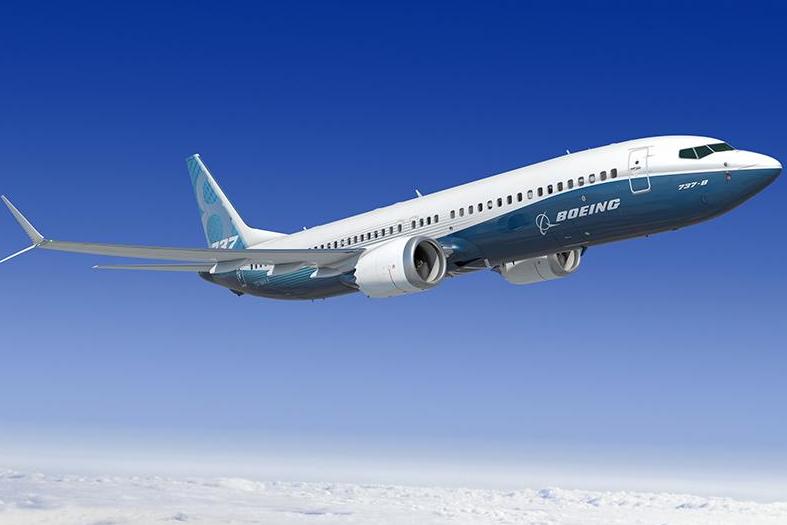Boeing 737 Max: Executive defends design as experts and pilots convene at Gatwick
‘Clearly what was in error was our assumptions regarding the human-machine interaction,’ said Keith Leverkuhn, general manager of the Boeing 737 Max programme

Two fatal crashes that killed a total of 346 people were caused by mistaken assumptions about “human-machine interaction” in the design of the aircraft, a Boeing executive has claimed.
The 737 Max has been grounded worldwide since March 2019, days after the loss of 157 passengers and crew aboard Ethiopian Airlines flight 302 from Addis Ababa to Nairobi.
It followed the crash in October 2018 of Lion Air flight 610 on a domestic flight. All 189 passengers and crew died.
Both planes came down shortly after take-off, with pilots battling to overcome an anti-stall system known as MCAS, which forced the nose of the aircraft down.
In both cases, a single faulty sensor triggered the software system.
But Keith Leverkuhn, who was general manager of the Boeing 737 Max programme, told investigators from the US House Transportation and Infrastructure Committee: “I don’t consider the development of the airplane to be a failure.
“Clearly what was in error was our assumptions regarding the human-machine interaction.”
The claims were made in May and have been revealed in the US media by Reuters and others.
“I think based upon our understanding and our assumptions of flight crew actions, that it wasn’t a mistake,” Mr Leverkuhn said.
“The process relied on the industry standard of pilot reaction to a particular failure. And what was clear post accidents was that assumption was incorrect.”
The implication appears to be that the flight crew were at fault.
The anti-stall system monitors the angle between the wing and the airflow, known as the “angle of attack”. This is measured by a vane on the outside of the aircraft.
If MCAS detects that the angle is getting dangerously steep, it operates an elevator in the tail to nudge the nose downwards – and does so repeatedly, even overriding the pilots’ commands.
It was installed, says Boeing, “to enhance the pitch stability of the airplane – so that it feels and flies like other 737s”.
Part of the appeal for airline customers of the Boeing 737 Max was the ability of pilots of earlier 737 models to transfer to the new aircraft without having to undergo simulator training.
For the past 18 months, Boeing has been re-engineering the aircraft, closely scrutinised by the Federal Aviation Administration (FAA) and other regulators.
Repeated deadlines for the 737 Max to be flying commercially again have been missed.
Before pilots can operate passenger flights, they will have to undergo simulator training.
Aviation safety experts and pilots are gathering at Gatwick airport today for nine days of review of test flights carried out by the European Union Aviation Safety Agency (Easa).
The Joint Operations Evaluation Board (JOEB) will involve aviation authorities and flight crew from the UK, the EU, the US, Brazil and Canada.
The European regulator said: “Easa has been working steadily, in close cooperation with the FAA and Boeing, to return the Boeing 737 MAX aircraft to service as soon as possible, but only once we are convinced it is safe.”
The biggest customer in Europe is Ryanair, which has 200 on order of a special high-capacity variant of the Boeing 737 Max. The budget airline has not yet taken delivery of any of the aircraft, and continues to fly only the 737-800.
In a statement, the planemaker said: "Boeing has made significant progress over the past several months in support of safely returning the 737 Max to service.
“The company has also made significant governance and operational changes to further sharpen its focus. These two tragic accidents continue to weigh heavily on everyone at Boeing.”
Subscribe to Independent Premium to bookmark this article
Want to bookmark your favourite articles and stories to read or reference later? Start your Independent Premium subscription today.
